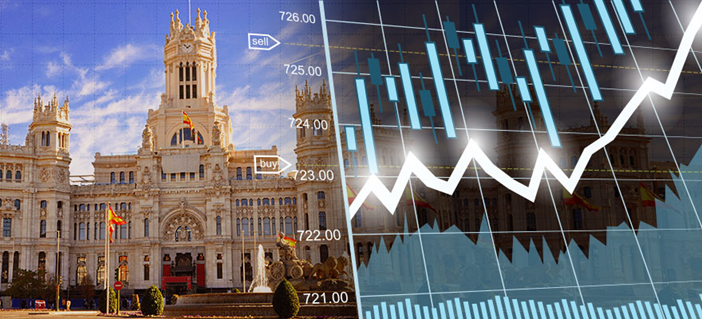A look at day trading and how to go about it

Day or intraday trading is one of the trading styles. It implies that you hold a trade open for a couple of hours on average and close it before the end of the day.
The general approach to day trading is different from the shorter-term scalping and the longer-term position trading. In particular, day trading is a good option for you if you like market analysis and are willing to devote time to plan and monitor your trade during the day. All in all, this style is rather balanced in terms of the amounts of patience and emotional resilience you need to possess to do the job well.
Let's find out what things you should pay special attention to when you do day trading. The mere definition of this term leaves the door open for various approaches and strategies. Here are the options you have when you day trade:
- Trend trading. You can catch a rebound from support or a turn down from resistance in line with the overall trend thus increasing the probability of success. Get your hands on multi-time frame analysis (choose timeframes from D1 to M30), basic trend indicators and oscillators as well as some graphical tools like Fibonacci. Don't forget to draw trendlines: this is the simplest step and yet it should definitely be there for you. The mentioned things will help you find the moment when the trend resumes and join in for a short ride on board.
- Counter trend trading. The price is not always in the pro-trend mode when you open your chart to day trade. As a result, apart from waiting for a trend setup, it's possible to trade on a correction. Make sure you master reversal candlestick patterns, oscillators and different techniques that will help you find support/resistance levels and pick those of them that are really important.
- Breakout trading. If you pursue this approach, you focus on the
most important levels of the price and initiate a trade when the price
moves beyond them. The knowledge of s&r levels we mentioned in the
previous paragraph will also come in at hand. In addition, you will need
to know how to distinguish a real breakout from a false one. Finally, as
intraday breakouts are often related to the news, you will need to stay
aware of the fundamental picture and monitor economic calendar.
Notice that each approach requires disciplined risk management with some differences in each case. For example, breakout trading will require tighter stops and bigger reward relative to risk.
There are many technical indicators and tools that will turn out to be helpful during day trading. ATR (Average True Range) will show the size of a typical price movement on a timeframe and alert you to the increasing volatility.
Moving Averages will offer indispensable dynamic support and resistance levels (apply 200-, 100- and 50-period SMA for that purpose). Pivot points and Fibonacci will help you place the position of the price within a trend or relative to the previous price swing.
Oscillators will let you know when the market is overbought/oversold/diverges from an indicator so that you could make a decision not to pursue the current move or trade against it.
Here are some further tips we can offer:
- Choose high-liquidity instruments. Major currency pairs often represents the best solution.
- Don't rush into a trade or trade only for the sake of doing something. There will always be plenty of opportunities to make money, so don't give in to the fear of missing out.
- Mind the fact that each day won't be like the previous one. Remember that the market's behavior may differ from usual on the day of a bank holiday. Friday evening isn't a great time to start day trading either. Although trading sessions as such are not so visible on Forex, many currencies will still be more active during particular times when other markets of those regions are active.
- When the volatility is constantly low (the price doesn't move more than 30 pips a day), consider choosing another asset for trading.
- Have realistic expectations. You won't get a monthly profit for one day, so don't even ponder at this thought.
- Define your strategy and create a trading plan. Manage the risks and never add to losing trades.
- Beware of news. Remember that it's quite risky to place trades before or right after the important news releases as the market may behave in the unruly fashion. News trading requires experience and specific strategies.
To make a conclusion, the majority of retail Forex traders practice day trading. This is also probably the most natural trading style for beginners. Pick the strategy you like most and bear in mind the recommendations of this article. We wish you lots of profitable trades!
This article was submitted by FBS.




